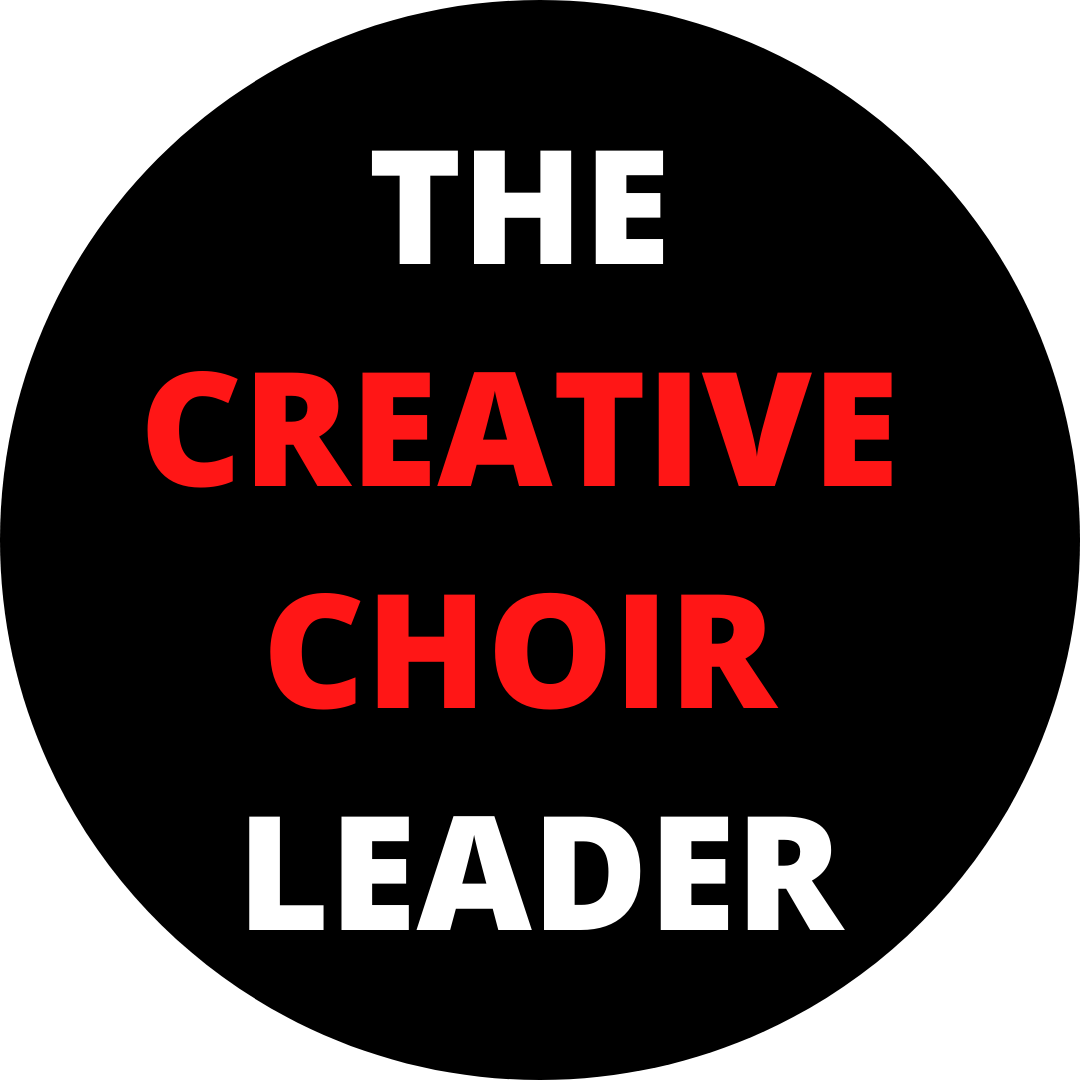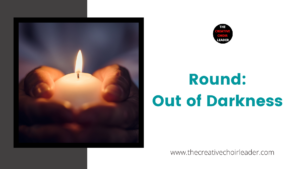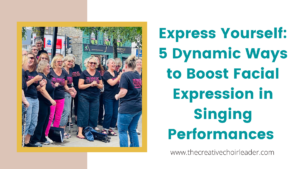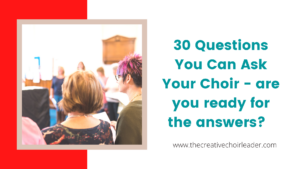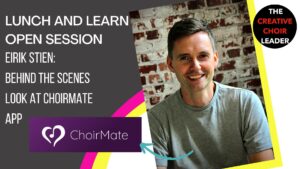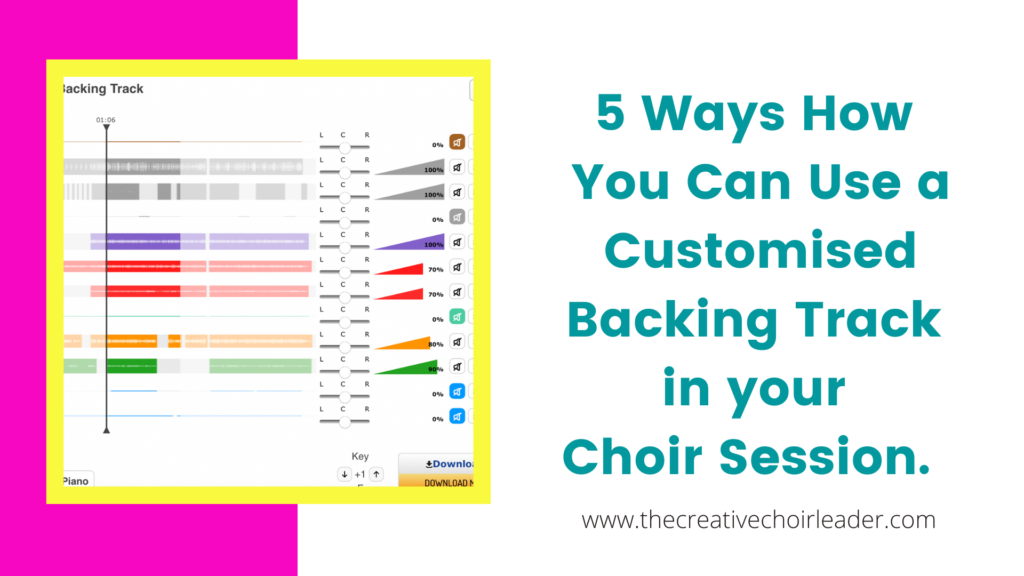
Using backing tracks to accompany your singers can help to give the performance a real sense of authenticity. It can improve the overall rhythm and groove – both for your singers as they learn and perform the song, and also for the enjoyment of the listening audience.
I used to be a staunch believer that songs are best accompanied by a live performer. If you can’t get a band, then use a pianist. And for some songs this is still true because I love the flexibility of expression and spontaneity that can be achieved when performing with a live musican.
However for songs of a steady tempo, which would normally have a rhythm section as a part of the backing, you can’t beat a backing track. It can help to bring energy and character to the song. I feel this is especially true for pop, soul and jazz songs.
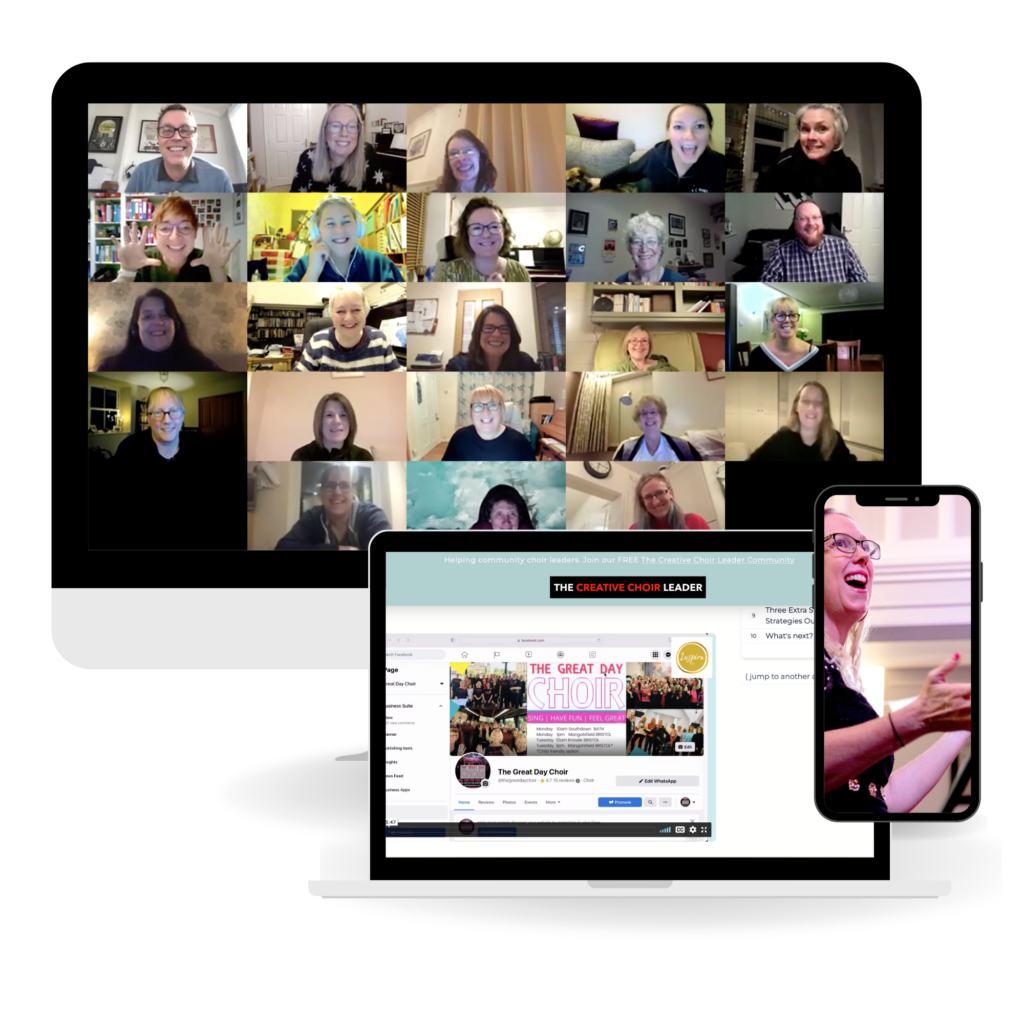
Get ideas and inspiration !
Leaders are learners. Check out our Inspire Club Guest of the Month training series….
www.karaoke-version.co.uk is a website that offers downloads of licenced backing tracks for 1000’s of songs. It covers all genres and a massive range of artists. This is not an affiliate link or a marketing post. I’m writing about it because it is great resource that I use a lot. It has an expansive library of song choice and also it is relatively inexpensive.
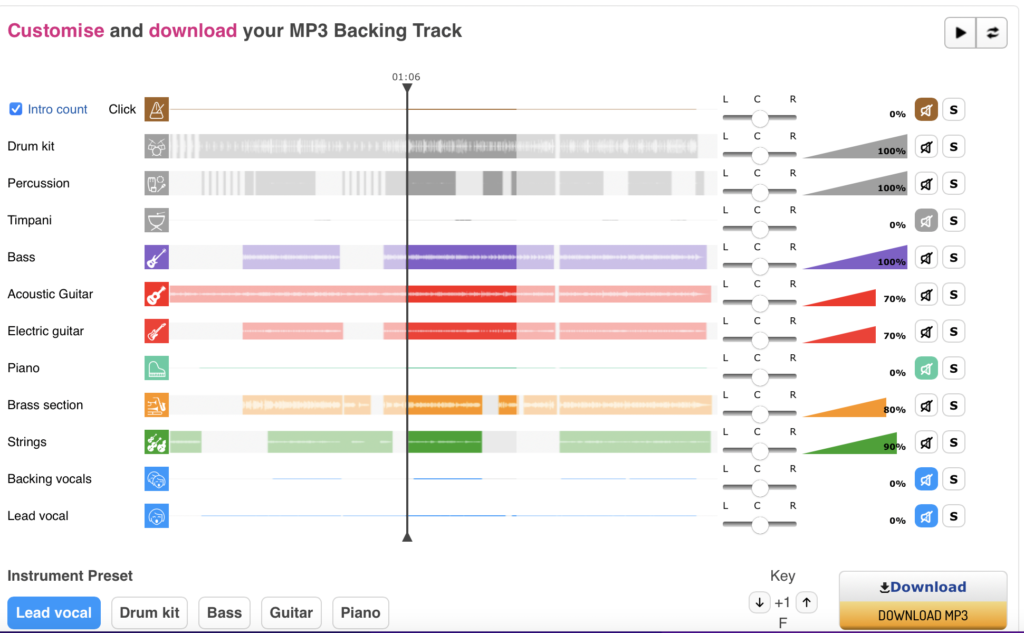
When you go to the site you can search the title, artist or genre of song. You can then choose the song you like, which will bring up a more detailed page showing the midi mix and other information like the key options and tempo. You can pan, mute, solo and change the volume of each instrument or vocal track within the midi mix.
You can customise your own mix. This is what I love about this tool.
You can hear a sample section of the track before you purchase. After you purchase you still can only hear a sample until you download your mp3 version of your mix. You can make as many different versions of the mix as you like.
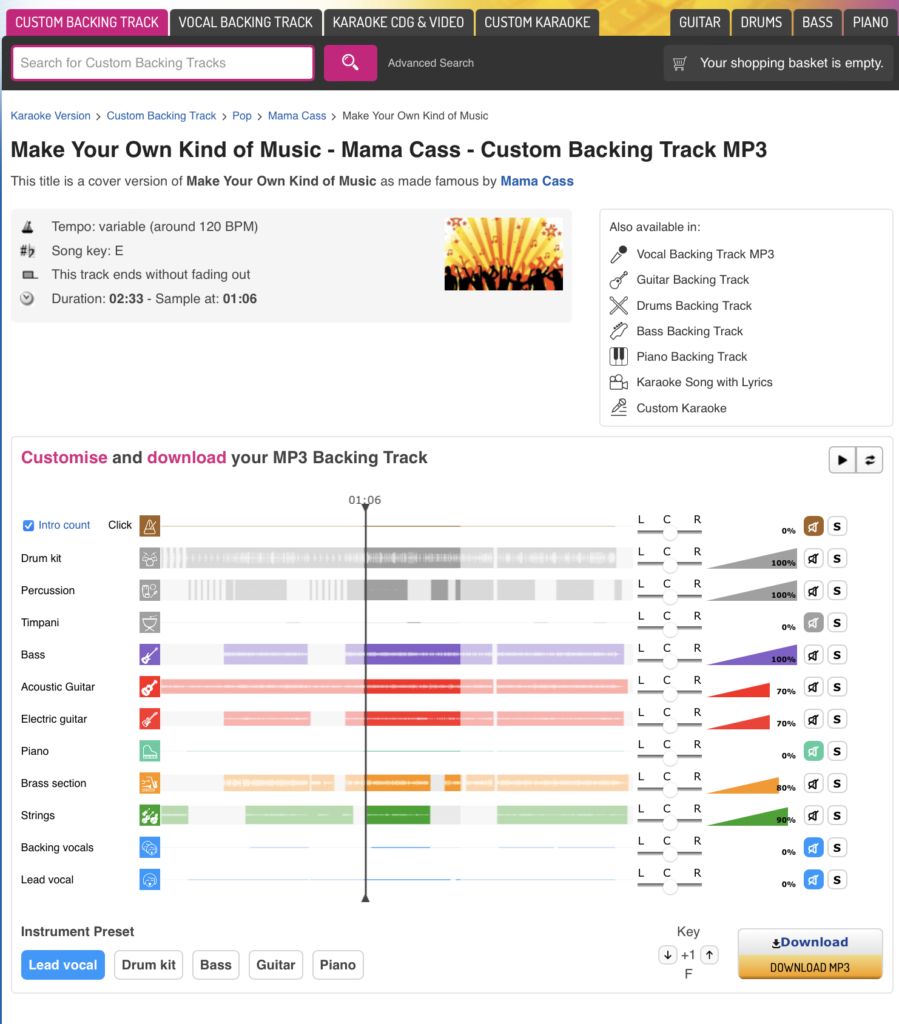
So, with this resource in mind, how can you use the different versions of the backing track within your choir session? Here are 5 ways I have customised and used backing tracks from www.karaoke-version.co.uk as a teaching tool in my choir sessions.
1. Backing track minus piano
If you have a pianist to accompany your choir, the last thing they are going to want is to feel replaced by a backing track. So how about customising the track with the piano or keyboard part taken out. You could also do this with any instrumentalists who might play along to accompany your choir eg. if there was a flute part, you could take it out and have someone play the flute live.
2. Groove parts only
When starting a new upbeat jazz or pop song, I have started encouraging the singers to get used to the groove and rhythm first before learning the tunes. My main aim is for the singers to develop a strong internal sense of the beat, tempo and any characteristic rhythms.
Recently I have been teaching ‘Yeh, Yeh” by Georgie Fame and the Blue Flames. So I created a rhythm track and we worked on stepping around the room to the pulse, and singing just a few of the notes which start each riff pattern of the melody. It helped the singers to get used to the groove as well as the harmonic structure of the piece, which is mainly blues based.
3. Use for body percussion or beat boxing
Strip a track back so that you just have the rhythm section again. This time use it as the basis for a body percussion or beat boxing work. When you eventually sing the piece could you then add your body percussion instead of the rhythm section on the track?
This is really fun and I used the former idea as a way to start learning “Make Your Own Kind of Music”. We used the rhythm section to create body percussion for the verses and then we ‘energized’ the text of the chorus. Energize is a technique where you speak the text in rhythm. It’s a great way to develop rhythmic blend. In doing a different technique for each section, I could help the singers start to get a feel for the overall structure of the song, even before we have sung any melodies.
4. Sample a part
Sampling is a technique common in dance and electronic music. You take a short section of the music and then use it within a new piece of music. I have sampled drum and percussion lines from karaoke backing tracks for my own compostions. I do this by importing an mp3 track into Garageband and composing over the top of it. Sometimes I will edit and loop sections. My compositions sounds completely different from the original so the samples are never that obvious. You could also do this with bass lines and catchy riffs.
If you are interested in sampling, then I’d recommend watching this TED talk by Mark Ronson:
5. Add a backing rhythm section to a non-pop genre piece.
Now that you have a rhythm backing, you could use this to back other types of songs eg. rounds, call and response songs. An interesting mix could be adding a club dance backing to a classical or folk song. Could you create a type of remix as a result? Could this be a fun project idea to explore with children’s and youth choirs?
To sum up, backing tracks can’t replace live musicians. However, if you haven’t got an accompanist or if you can’t play the accopaniment yourself, then using a backing track is a great tool to help you lead your choir session. Furthermore, backing tracks can really add energy and character to songs especially if they are from the pop and jazz genre. Plus then can be a great teaching tool for establishing rhythm and groove or live remixing.
My top tip: Have fun and be creative!

Beth Morgan set up The Creative Choir Leader Group and The Inspire Club to help provide accessible online support, training and resources for choir leaders. She believes in the power of choirs to change the lives of people in local communities.
After working in secondary music eduction for 29 years, including developing school choirs to perform at international level competition, she now runs her own adult community choirs.
Beth is currently the MD for the Bristol Military Wives Choir, a member of the 75 strong choir network, supporting women connected to the military. In addition, in 2017 she founded The Great Day Choir, a successful daytime community choir network across bristol and Bath, UK for women of all ages, including a child friendly choir. The latter has helped to raise 1000s for local charities.
Want more weekly creative ideas to help you become a better choir leader and deliver inspriring results with your choir? Sign up for our 1-2-1 Creative Choir Leader Newsletter.
